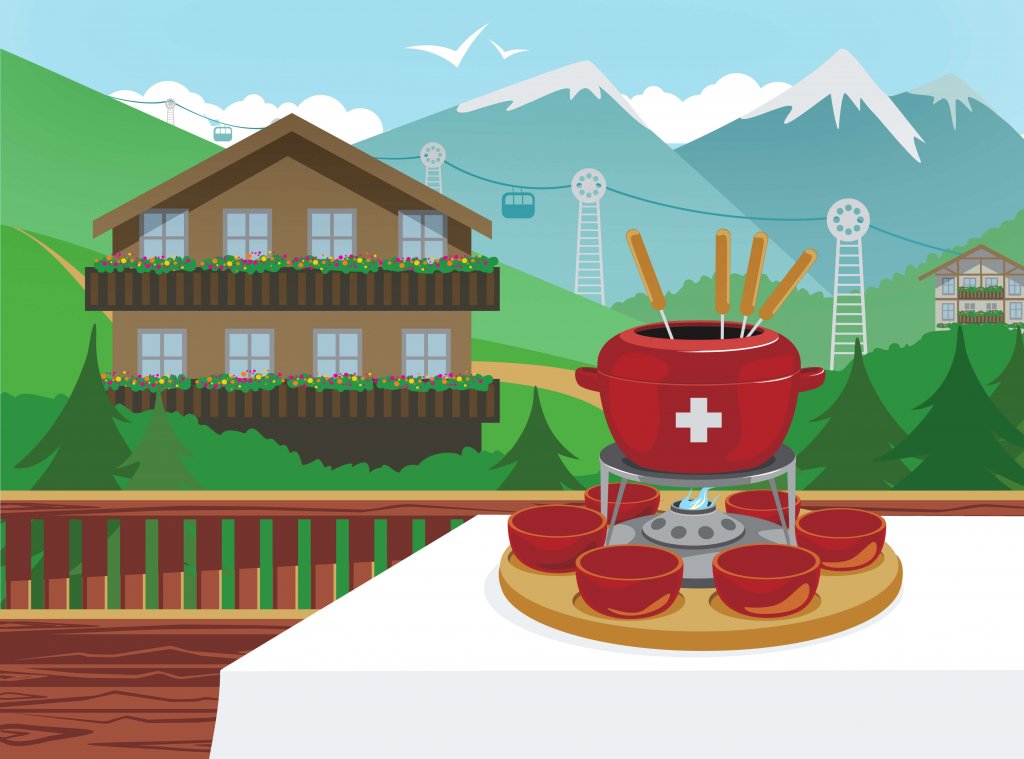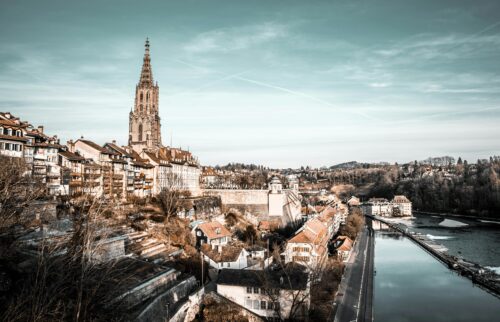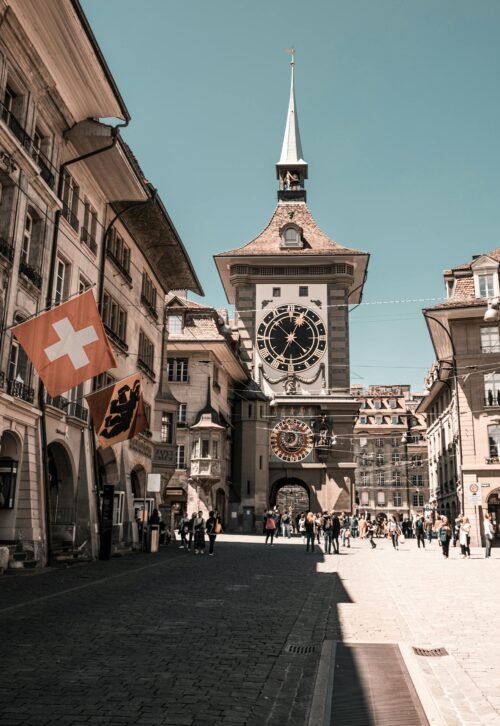The Swiss particularity of the second home offer and the current trend towards parahotels

By Nicolas Terrier
The Spatial Planning Act (LAT)
Five years ago, the Swiss people voted in favour of the revision of the Spatial Planning Act (LAT), which would prohibit the construction of new second homes in municipalities with more than 20% ownership. As a result, a large number of constructions to develop land were started on a massive scale before the implementation of the law prevented this from happening. Between 2012 and 2013, the volume of building permits in tourist municipalities rose from CHF 2 billion to CHF 4 billion, before collapsing to CHF 1 billion from 2014 and stabilising (Wüest & partner, 2018). Once this wave of new construction came to an end, the result was an increase in the supply of goods on the market and thus a fall in the price of second homes.
Of course, this has to be seen in a special context, with the appreciation of the Swiss franc making property prices less accessible to foreigners and tax amnesties that have encouraged the sale of second homes with the aim of bringing funds invested in Swiss properties back to their country of origin. This drop in foreign demand has therefore certainly had a negative influence on the price of real estate in Switzerland. Swiss chalets also face strong competition from destinations in neighbouring countries such as Austria, France and Italy, which have nothing to envy in Gstaad, St. Moritz or Verbier.
If we look at the average value of building permits granted between 2008 and 2012, it is still 47% lower than the above-mentioned 2014 volume, according to the spring edition of Wüest & partner’s property monitoring (2018). In other words, construction activity has never been as high as in 2014. And, with the change in regulations, construction activity is likely to change and supply will change. We are therefore witnessing a structural change that will have a lasting impact on tourist communities.
The particularity of tourist destinations
Overall, in the area of second homes, i.e. properties that are located in tourist destinations such as a ski resort for example, there are four important factors that influence the development of values in the medium term, according to Wüest & partner’s property monitoring (2018) :
- Tourism infrastructure (gastronomy, ski resort)
- Connection to the Swiss economic centres (accessibility, traffic)
- Climate (sunny days, altitude)
- Nature (panorama, character)
It is therefore around these criteria that future buyers should focus their search in order to avoid a loss of attractiveness of their property. In any case, it should be borne in mind that the bank requires more equity capital for the purchase of a second home in a tourist destination, whether for its own use or to rent it out. In concrete terms, banks generally grant a maximum first mortgage loan, i.e. 33% of the required equity capital instead of the minimum 20% required, which makes them less accessible.
The future of tourist destinations
According to Wüest & partner (2018), the current trend is now towards hybrids. Indeed, the above-mentioned legal restriction still allows the construction of apartments but operated for tourist rental purposes. It is therefore likely that the supply of holiday apartments attached to hotels will increase. These are “para-hotel apartments”, i.e. independent apartments which are mainly intended for rental purposes but which include a whole hotel service, i.e. cleaning, laundry and concierge services. The operating costs are lower than those of a hotel as the length of stay is generally longer and they require fewer employees, which is an advantage for the owner as the latter can potentially achieve better profitability.
The demand for this type of accommodation is thus increasing worldwide and offers a good alternative in terms of construction quality. Indeed, the state of conventional supply is continuously deteriorating and may not be refreshed as a whole in the future.
In conclusion, the question must, therefore, be asked whether the “classic” holiday homes intended for renting could one day be replaced by para-hotel type apartments with a whole range of additional services included.
References
- Wüest & partner. (2018). immo-Monitoring. édition de printemps.



